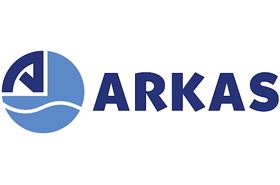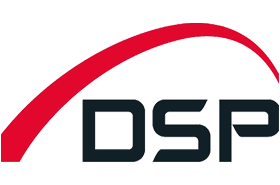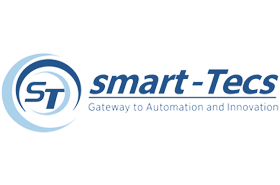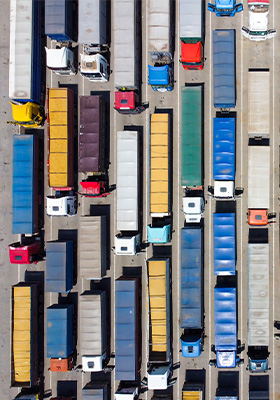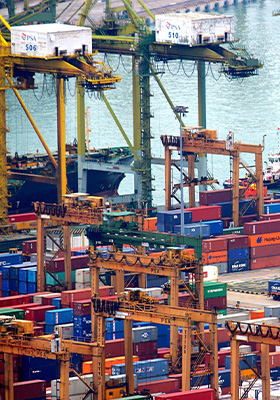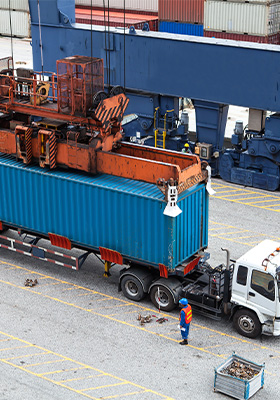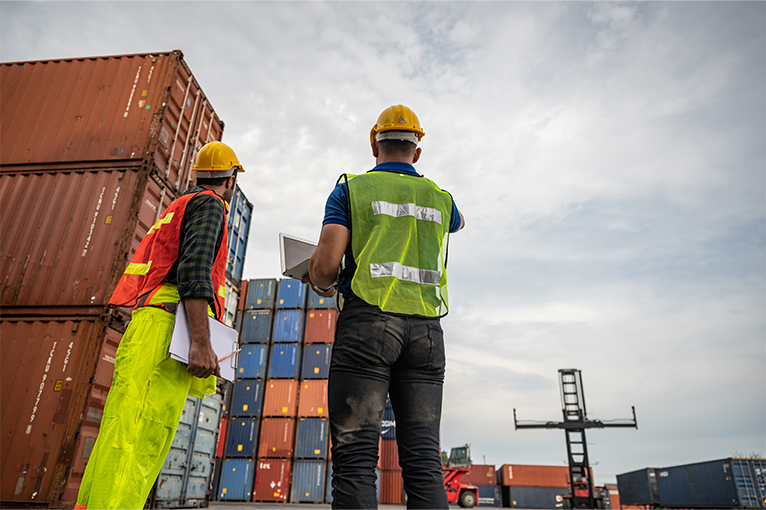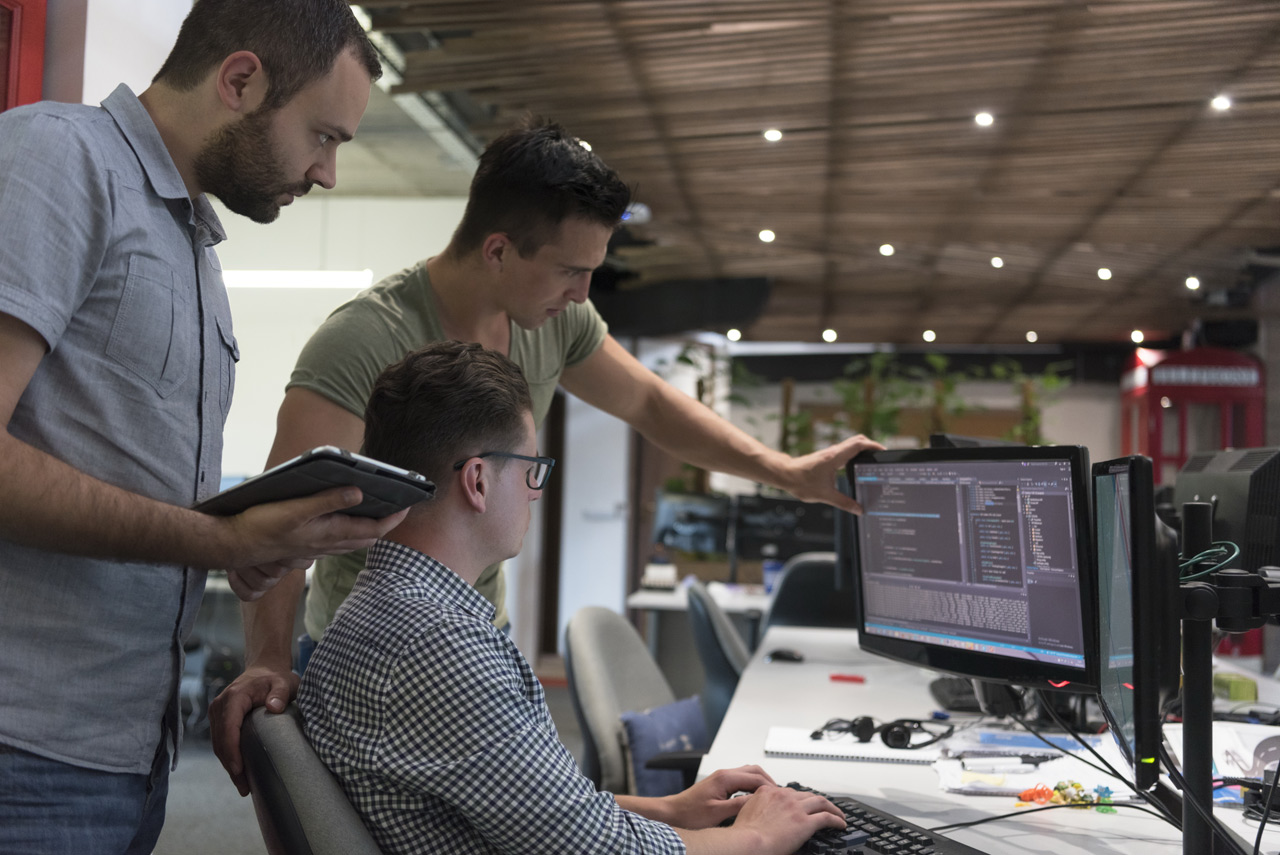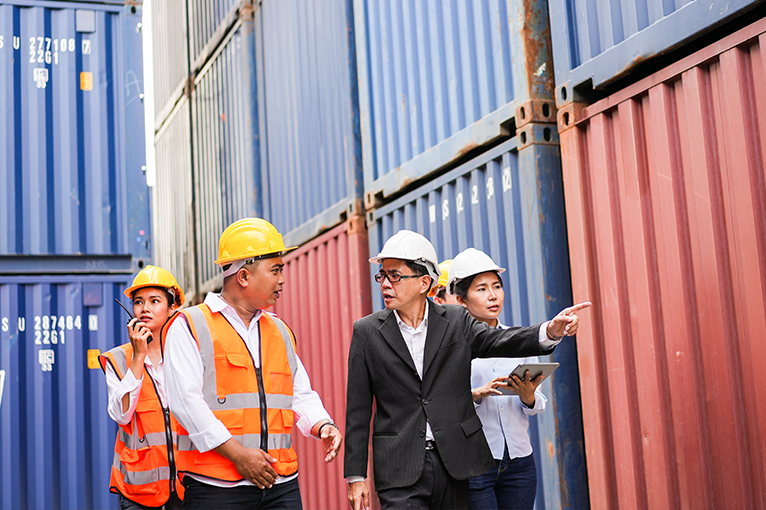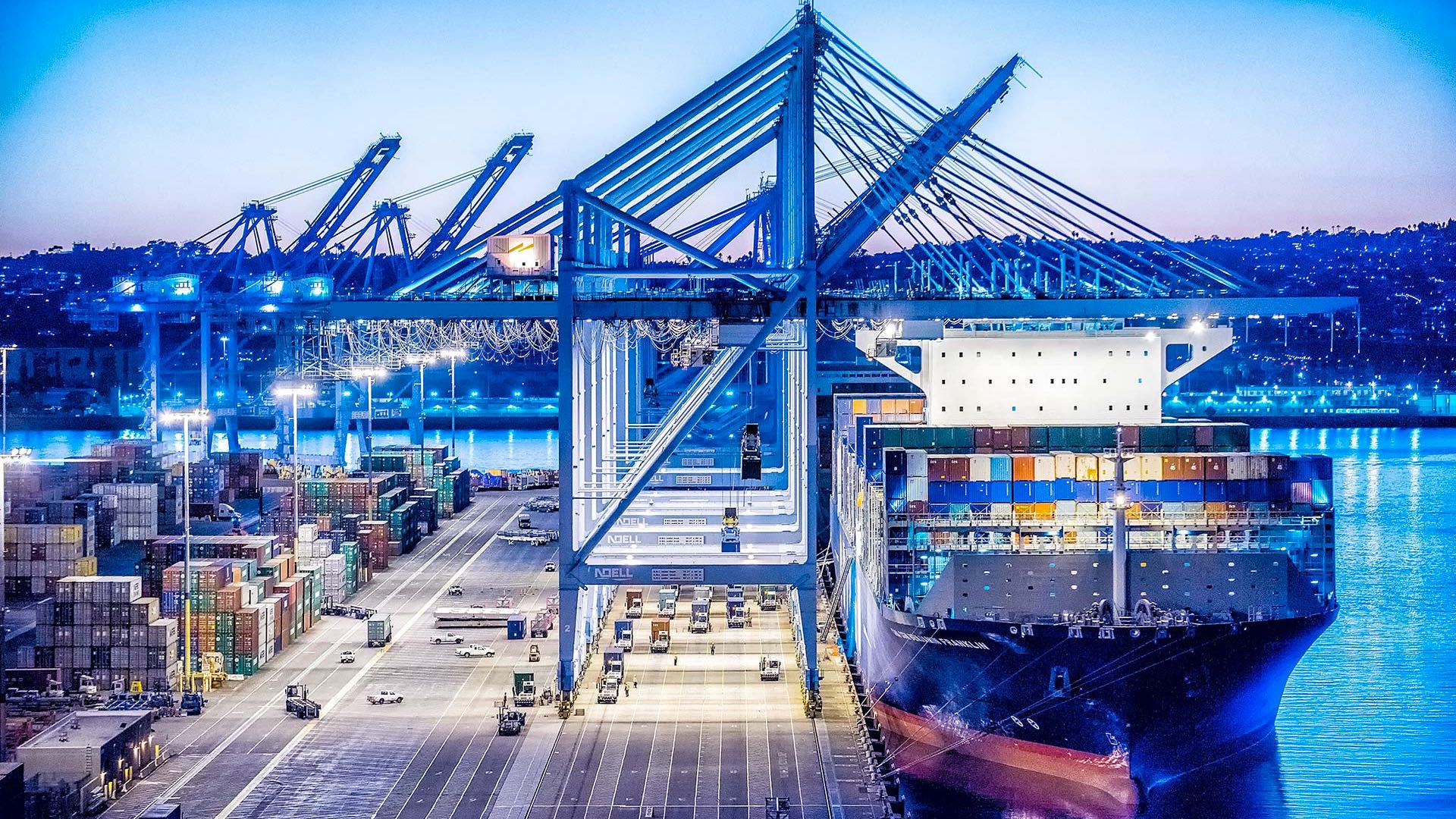Reduce your RTG/RMG unproductive movements with the best containers stacking import strategy
Our Vehicle Booking System automatically setups your daily appointments quotas and orchestrates the trucks ballet coming to your container terminal.
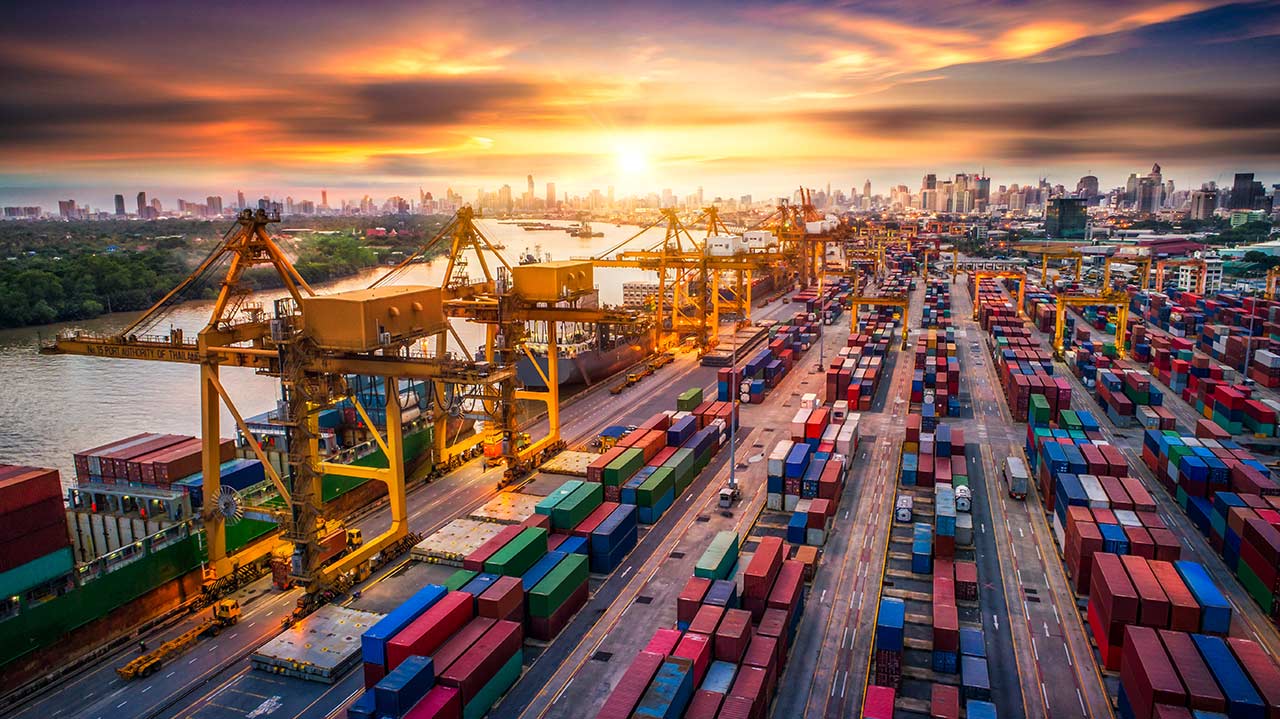 Your terminal today
Your terminal today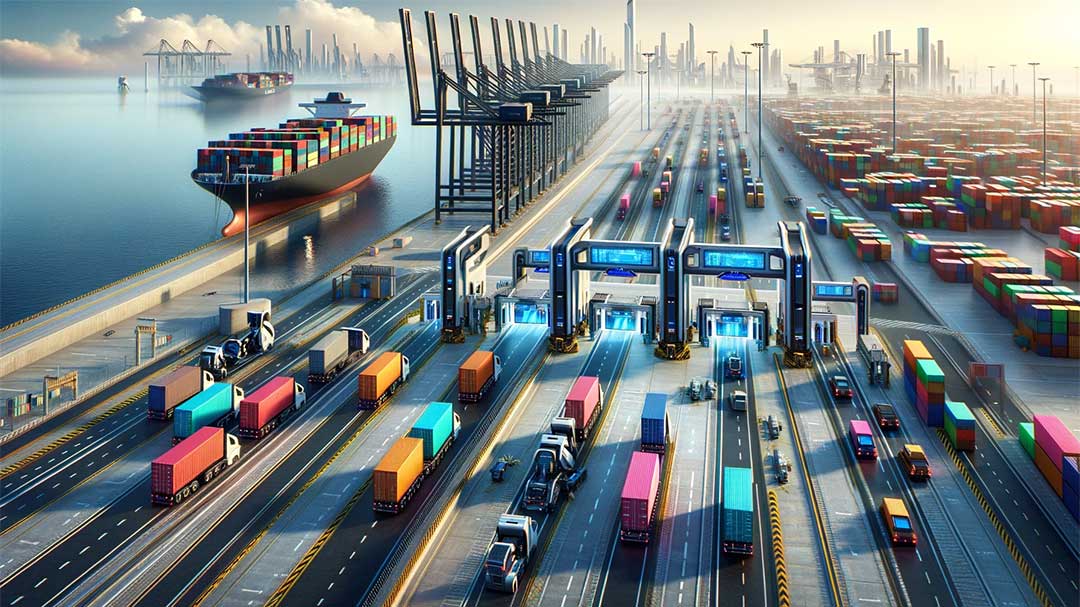 Your Smart Port tomorrow
Your Smart Port tomorrowTrusted by industry-leading innovators
Join the 1000+ terminals committed to fighting climate change
Unlock efficiency with DMS stacking strategy – maximize equipment use, minimize costs, and ensure sustainable, streamlined container handling operations.
Yard navigation
Legend colors
Time-scroll allocation
Location recommendation
Satellite view interface for yards and blocks
DMSLOG provides an optional visualization tool in a TOS-like interface for monitoring purposes, where you can:
- navigate in the yard > block > bay > container details,
- change the colors of the legends (by POD, category, equipment class, line operator … )
- and scroll through time (= navigate in the history of the movements to understand DMSLOG allocation).
Benefits for your terminal
Detailed bay view
Transporters using DMS Vehicle Booking System benefit from recommendations and automatic decision support before making appointments.
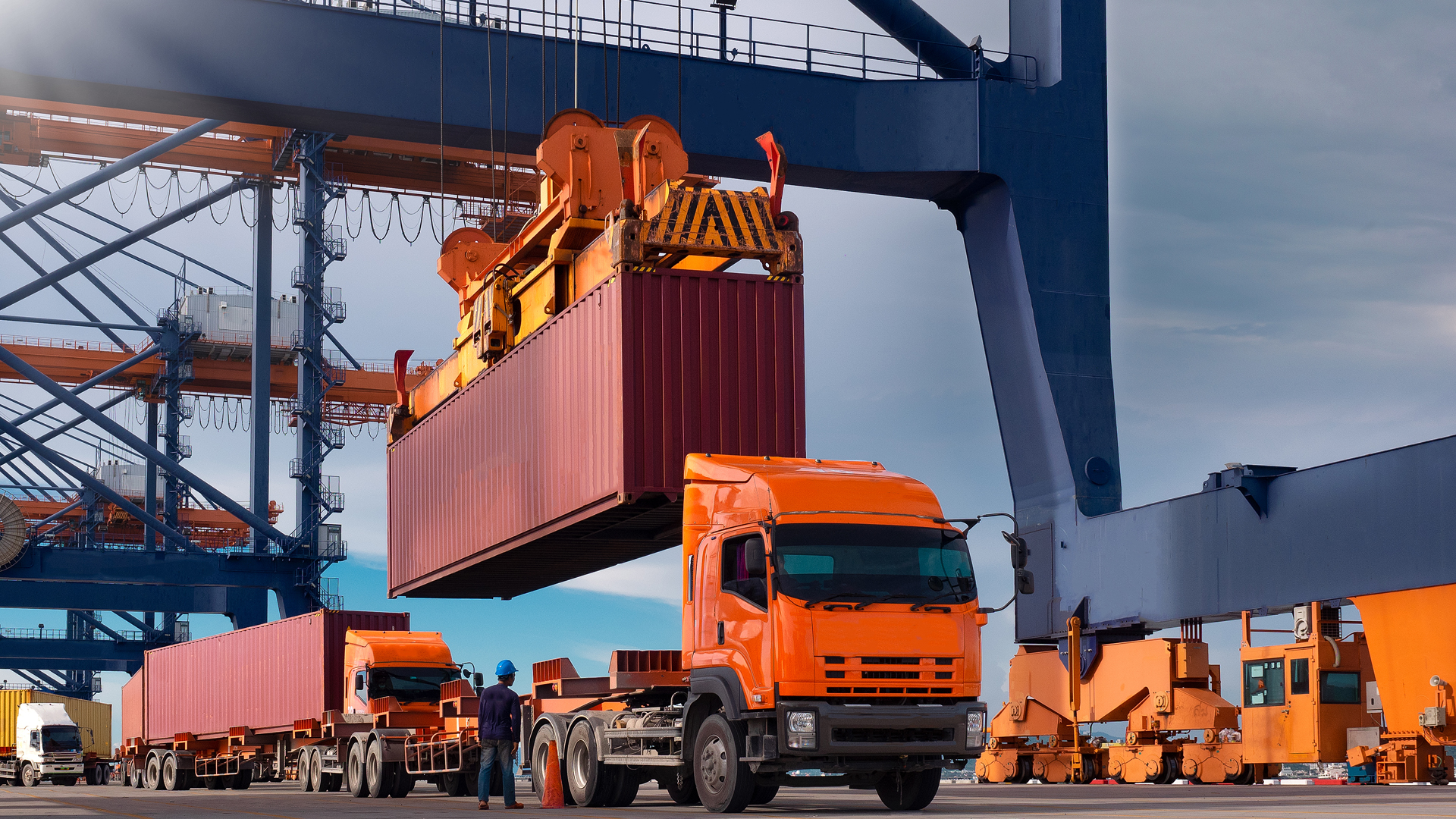
Efficient booking process
Smart appointment recommendations
Ai is not magic 🪄... it's high-level mathematics 🧮 applied with common sense logic
Residence time forecasting
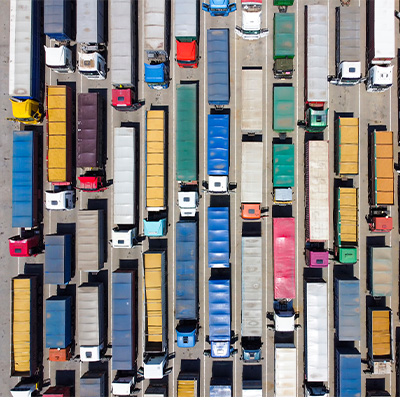
Enhanced productivity
Reduce human errors
The dwell time is the period that a container spends within a container terminal in one or more terminal stacks. It is a crucial factor influencing the efficiency and overall performance of maritime logistics operations.
Machine learning and deep learning techniques are employed to develop our predictive models based on historical data and relevant features. The dwell time modeling process can benefit from incorporating some or all of the following data as predictive features.
Predictive external truck traffic analysis

Optimize traffic management
Enhanced workload planning
This prediction is achieved by analyzing various information such as external truck visit historical data, vehicle booking system historical data, traffic information inside the terminal, weather conditions, and road infrastructure.
Predictive models are developed to estimate truck flow and anticipate potential bottlenecks or delays in areas surrounding the terminal yard blocks. The modeling process can also incorporate geolocation information within the yard, during the construction of predictive features.
Zone assignment
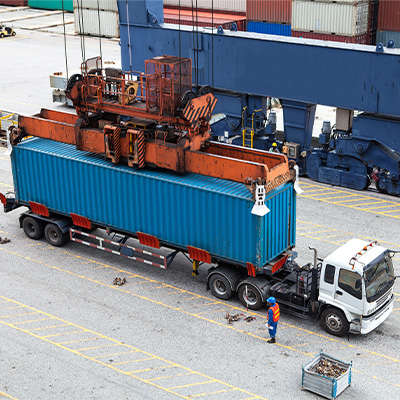
Optimized space utilization
Enhanced workload distribution
AI-powered block allocation systems consider various factors such as information about the vessel, berth information, yard layout, container inventory levels, container characteristics and external truck flow forecasting.
Using this data, the AI determines the optimal block allocation that minimizes the distance required to transport containers and maximizes the utilization of available space and resources.
Slot assignment

Smart container positioning
Efficient ASC coordination
The AI system conducts an evaluation of different elements when a block is chosen, including TOS-related Filters/Segregation and predicted dwell time, in order to suggest the best position for each container.
The proposed stacking positions also take into account efficient coordination between ASCs engaged in container handling activities within the given block.
⚖️ Get compliant with your local and international CO2 regulations.
Intergovernmental Panel on Climate Change, United Nations Climate Change, Organisation for Economic
Co-operation and Development, UN Environment Programme, The European Council, USA Department of Energy…
📈 Our stacking strategy volume
We provide the most powerful Stacking Strategy on the market.
+0
Transporters
+0
Drivers
+0K
Appointments
+0M
Containers booked
Stacking strategy pricing 🏷️
The terminal subscribes to the Stacking Strategy – and pays monthly based on its volume of containers.
$0,1 to 2/TEU *
To automate your VBS
* Prices not contractual: depending on your volume, contract duration, options, specific requirements.
Free access
To make appointments at the terminal
The API connection between the terminal IT and DMS-AI ensures the efficiency of data synchronization between the two stakeholders. This synergy guarantees the reactivity and accuracy of the predictions.
| Month 0 | Relevant information is gathered prior to vessel arrival | ||
| Month 1 | Dwell time for each container is then predicted | ||
| Month 2 | external flow of trucks is forecasted | ||
| Month 2 | Followed by determining block allocation | ||
| Month 3 | position allocations for each container and slot assignment | ||
| Month 4 | The iterative process of computing stacking positions | ||
| Month 5 | block determination continues |
Our IT, Consulting and Project Management services 🤝
For any project deployment, we support you in the following steps.
5 star expertise on the latest tech
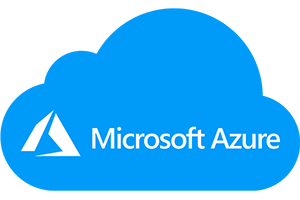
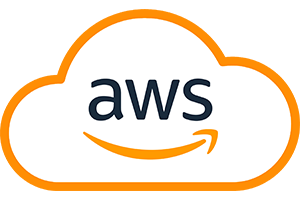

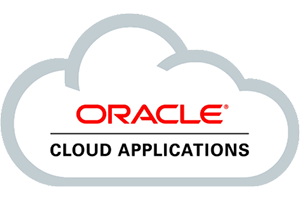





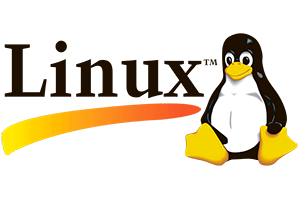


Our Stacking Strategy is available in…
[gtranslate]
This deployment process is done in 3 main steps.
Phase 1 – Dual Operation:
Initially, you’ll continue operating your current Vehicle Booking System (VBS) while we deploy our new system. This phase ensures there is no disruption in your terminal’s operations. Our team will work closely with yours to set up the new VBS in parallel, focusing on integrating it seamlessly with your existing infrastructure.
Phase 2 – Hybrid Testing:
In this phase, both the old and new VBS will be operational concurrently. This ‘hybrid system’ allows us to conduct real-world testing of the new VBS with a select group of carriers. It’s a crucial step to ensure the new system functions as intended and to identify and resolve any potential issues. This phase also provides an opportunity for your staff and carriers to familiarize themselves with the new system without fully depending on it.
Phase 3 – Full Transition and Closure:
Once the new VBS is thoroughly tested and validated, we’ll transition all transporter activities to it. During this phase, the old VBS will be phased out. We ensure a smooth transition where all transporters are now using the new system effectively. Following the successful implementation, the old VBS will be closed. However, we will securely store all historical data from the old system to ensure that no critical information is lost and can be accessed if needed.
Yes, a CMS is integrated into our Vehicle Booking System.
This detailed breakdown provides an in-depth look at how the CMS module integrated into the VBS enhances communication and operational efficiency between the terminal and the carriers community.
For Terminal Managers – Automatic Updates:
- The following automatic features simplifies terminal operations and ensures timely information dissemination.
For Carriers – Community Space Features:
- Vessel Information Access: Enabling carriers to view detailed vessel information, including Estimated Time of Arrival (ETA) and Estimated Time of Departure (ETD).
- Container Tracking: Offering carriers the ability to track containers at each step, similar to an Amazon order tracking system, including status updates within the vessel and terminal (or on the way to the terminal, when the truck TMS is connected to the VBS via API).
- Financial Information and Transactions: Providing information on Last Free Day, storage guarantees, payments due, and fees, sourced directly from the Terminal Operating System (TOS). Carriers can conveniently pay these charges using various payment methods like Credit Card, Visa, Mastercard, GooglePay, and ApplePay.
- Truck Turnaround Time Estimations: Availability of a chart displaying estimated Truck Turnaround Times for the current and upcoming days, aiding carriers in planning and logistics.
Public and Private Access
- Access Control: Allowing for tailored information sharing based on the terminal’s and carriers’ needs.
Yes, our VBS can work without the Ai layers – even if the best logistics optimizations come from the Ai features.
Contact us for more details, it will be a pleasure to deploy our Vehicle Booking System on your terminal.
However, a Vehicle Booking System with Ai Integration has several benefits:
- Advanced Logistics Optimization: Utilizing AI algorithms, the system offers superior logistics management, optimizing container handling and vehicle scheduling.
- Predictive Analytics: AI capabilities enable predictive modeling for better forecasting and decision-making.
- Enhanced Efficiency: The AI layer streamlines operations, reducing wait times and improving turnaround.
- Data-Driven Insights: AI tools provide valuable insights for continuous improvement and strategic planning.
without any longer project deployment (they both need 4 to 6 month).






